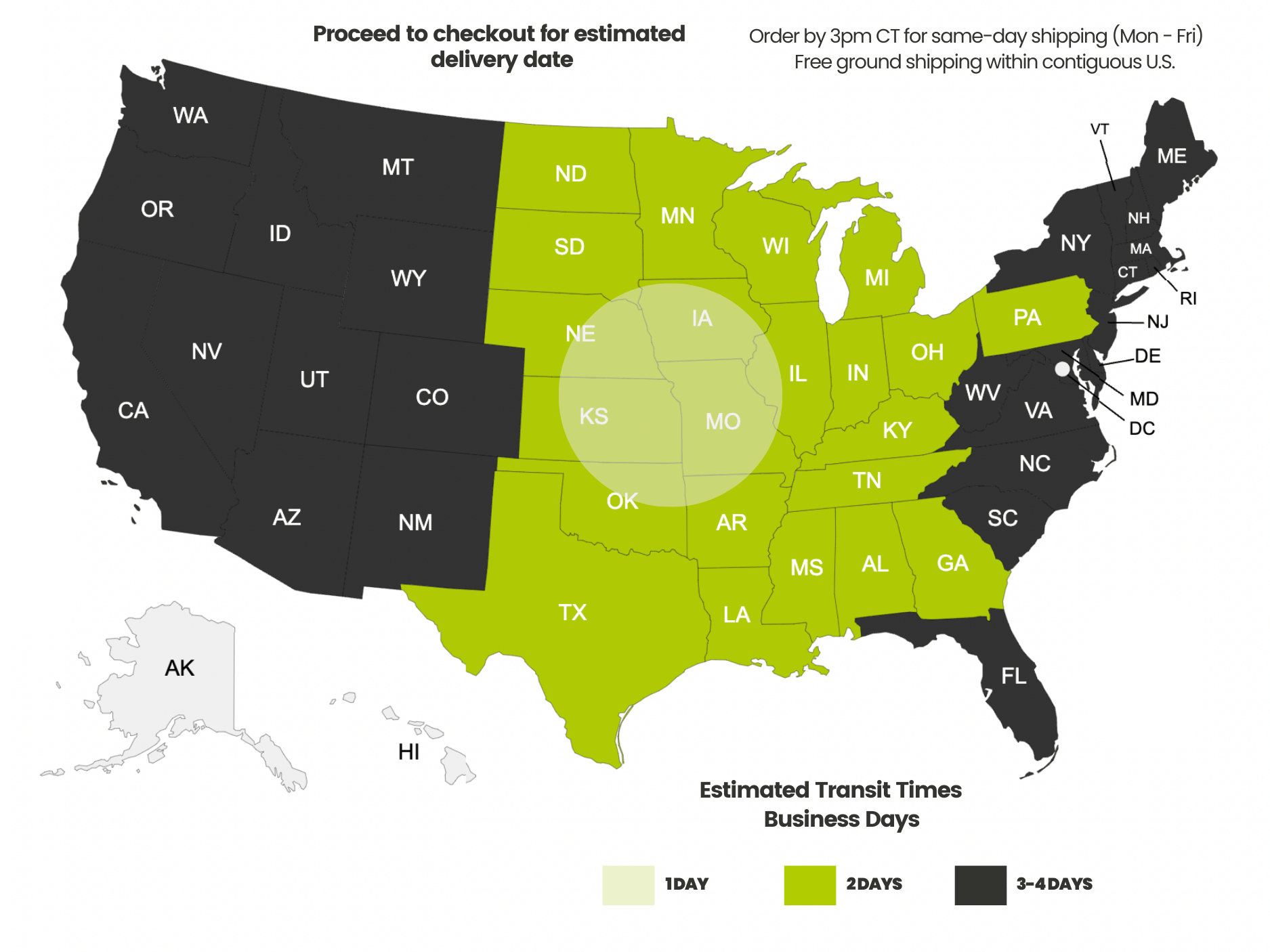Payment methods accepted

The Difference Between Cat5e & Cat6 Ethernet Cable
Is Cat5e still relevant in 2024?
Cat5e and Cat6 Similarities:
Cat6 vs. Cat5e Differences:
Pictures will help illustrate this:

- Cat6 has thicker copper conductors, typically 23 AWG
- Cat5e has thinner conductors, typically 24 AWG (as the AWG number goes higher, the copper is thinner)
- Cat5e supports 2.5GBASE-T Ethernet up to a distance of 328 feet (100 meters)
- Cat6 supports 5GBASE-T Ethernet up to a distance of 328 feet (100 meters)
- As a bonus and under the right conditions, Cat6 officially supports 10 Gigabit or 10,000 Mb/s network speeds to 110 feet (33.5 meters) and sometimes all the way to 165 feet (50 meters) in situations where alien crosstalk (called ANEXT) is low. For more on what ANEXT is, please see When Aliens Attack! Avoiding Ethernet Alien Crosstalk. That does not mean you should automatically defer to Cat6 if you know for certain you will be running 10GBASE-T. Defer to Cat6A for that application. As the linked blog above demonstrates, there are a number of “gotchas” when it comes to 10GBASE-T over Cat6.
- Cat6 is often thicker than Cat5e overall
- Cat5e does not use a “spline” where Cat6 usually does. The spline is a plastic piece in the center of the cable construction that separates the conductor pairs. It is designed to keep the twisted pairs separate in order to increase performance by minimizing what is known as internal pair to pair “cross-talk” inside the cable (called NEXT). Splines, for the uninitiated, make cable termination somewhat more challenging due to additional preparation steps required to remove it.
Which Should Be Used, and Where?
This is a tough question because both are used in many of the same applications. There are a few general guidelines I recommend to help you with your decision:
- If price is the overriding consideration, and there are no intentions of ever requiring Ethernet faster than 2.5GBASE-T, then go with Cat5e
- If you are willing to spend a bit more, Cat6 will be the better choice for future growth and versatility
- Cat6 cable is the better choice for Power over Ethernet (PoE), as the thicker copper conductors allow for better heat dissipation. This advantage really shows at higher powered PoE applications and with cables that have been bundled together…especially in conduit. Please take a look at Power over Ethernet (PoE) Installation Best Practices for more information about PoE and best practices.
- That said, Cat5e is generally the lighter and thinner cable and may be the preferred choice for some applications due to ease of installation in tight spots. Cat5e is typically easier to terminate as well.
See the general pattern?
Normally Cat6 is going to be the better Ethernet LAN cable for most installations if you are also considering Cat5e. Cat6 is simply the better built of the two cables, but Cat5e will get the job done in an adequate fashion too, assuming you can live with the inherent limited future proofing. The choice comes down to the specific installation, the future, and your budget. Think of Cat5e and Cat6 differences like this: Cat6 is the rockstar, where Cat5e is the local high school band. Both can make music, but the rockstar really nails it.
Unsure What Ethernet Cable You Need?
Look no further than our Ethernet Cable Finder. Answer a couple of questions and let trueBOT guide you to the perfect cable for any situation. If you still have questions and would like to know more about the difference between Cat6 and Cat5e, get in touch with our team.
So, there you have it: the Cat5e and Cat6 Ethernet cable differences. If this was a confusing topic for you, hopefully it is no longer. HAPPY NETWORKING!
You can also learn more about the Difference Between Cat6 and Cat6A Ethernet Cable.
trueCABLE presents the information on our website, including the “Cable Academy” blog and live chat support, as a service to our customers and other visitors to our website subject to our website terms and conditions. While the information on this website is about data networking and electrical issues, it is not professional advice and any reliance on such material is at your own risk.



































